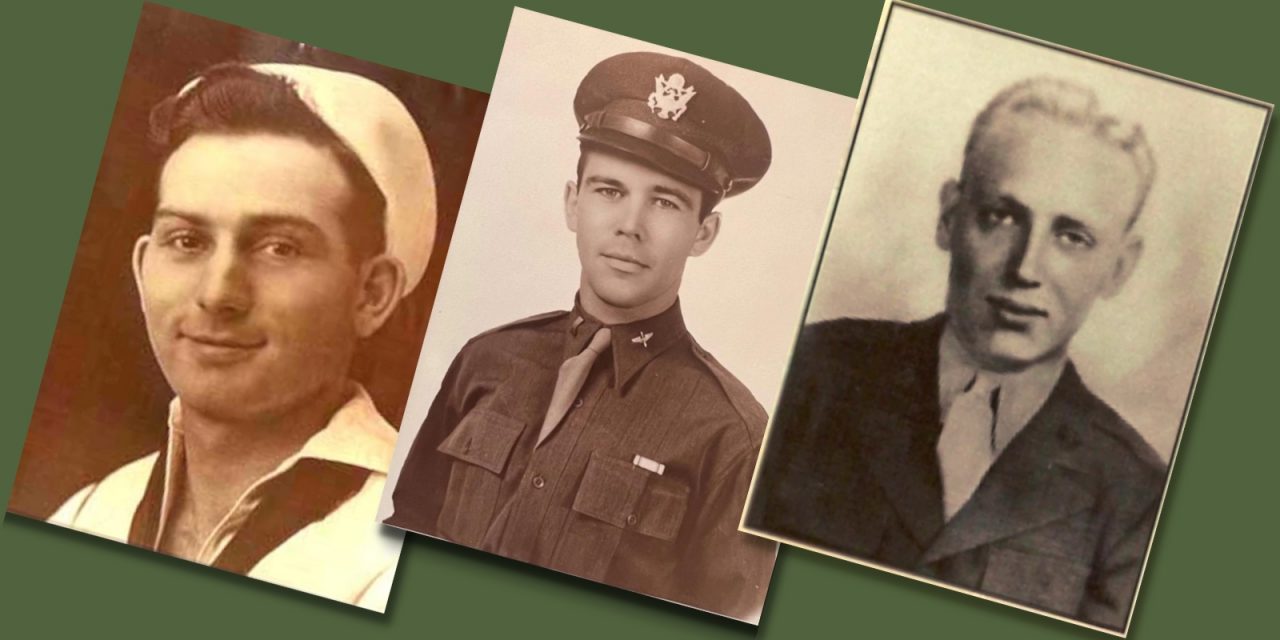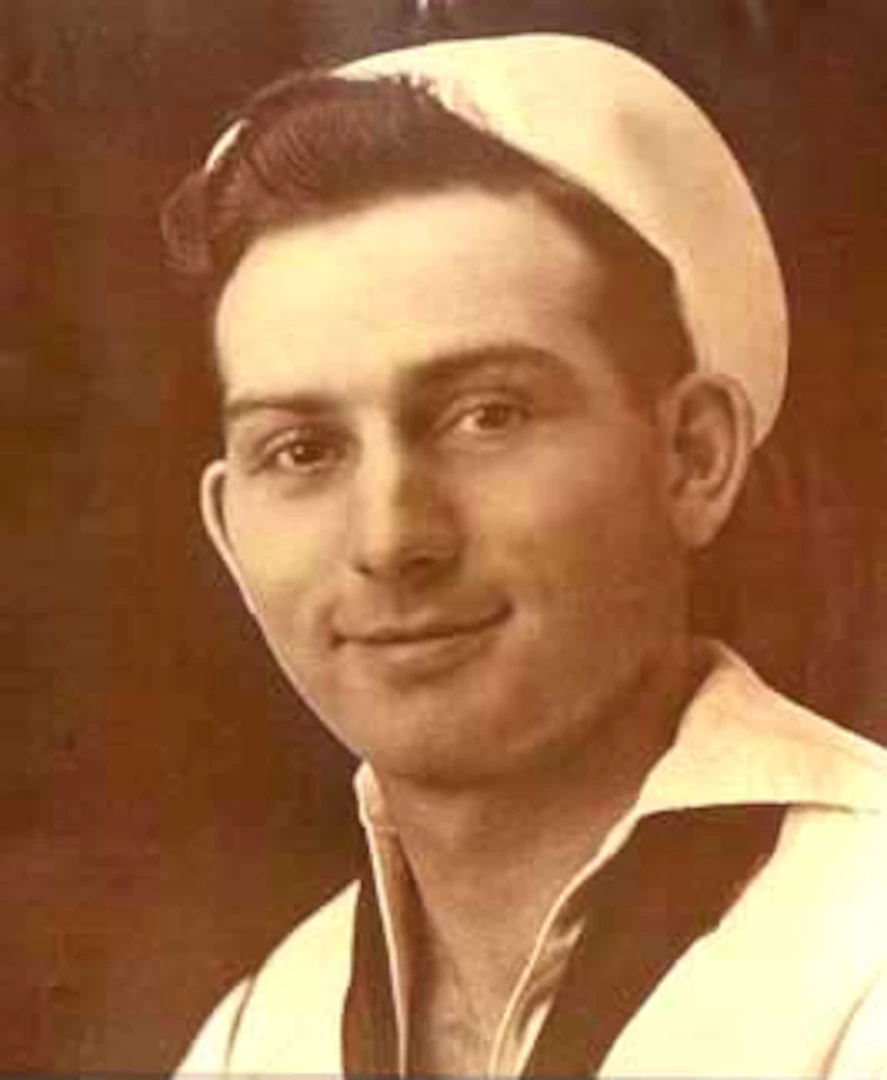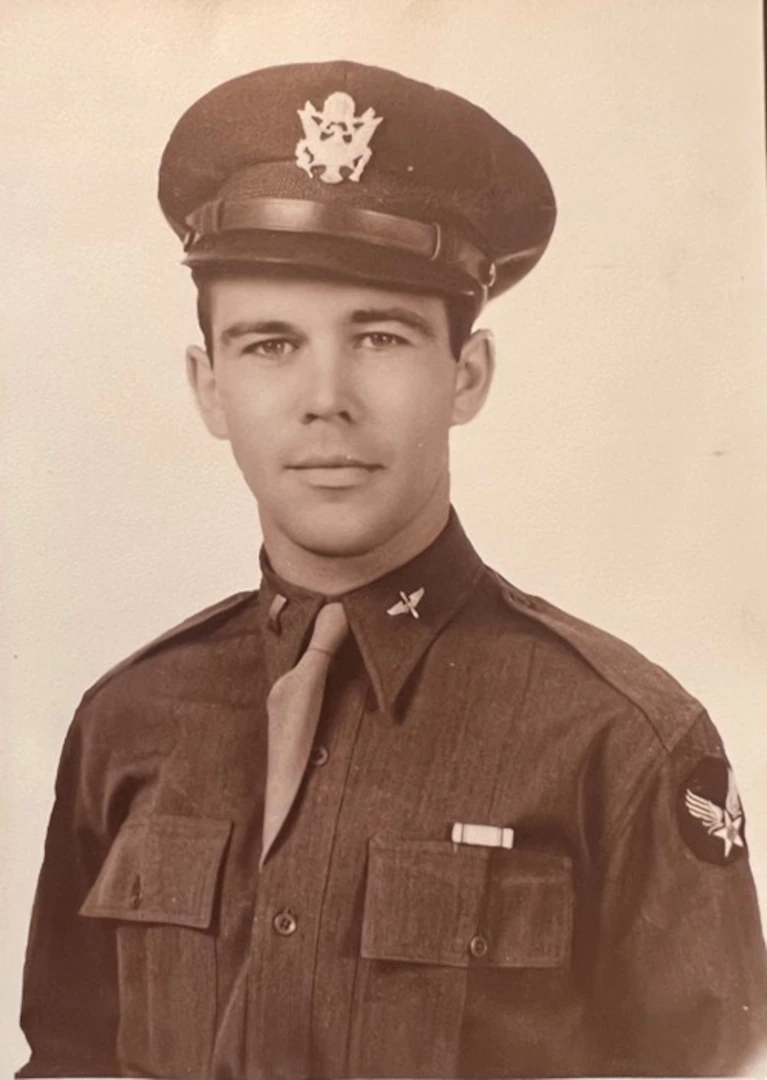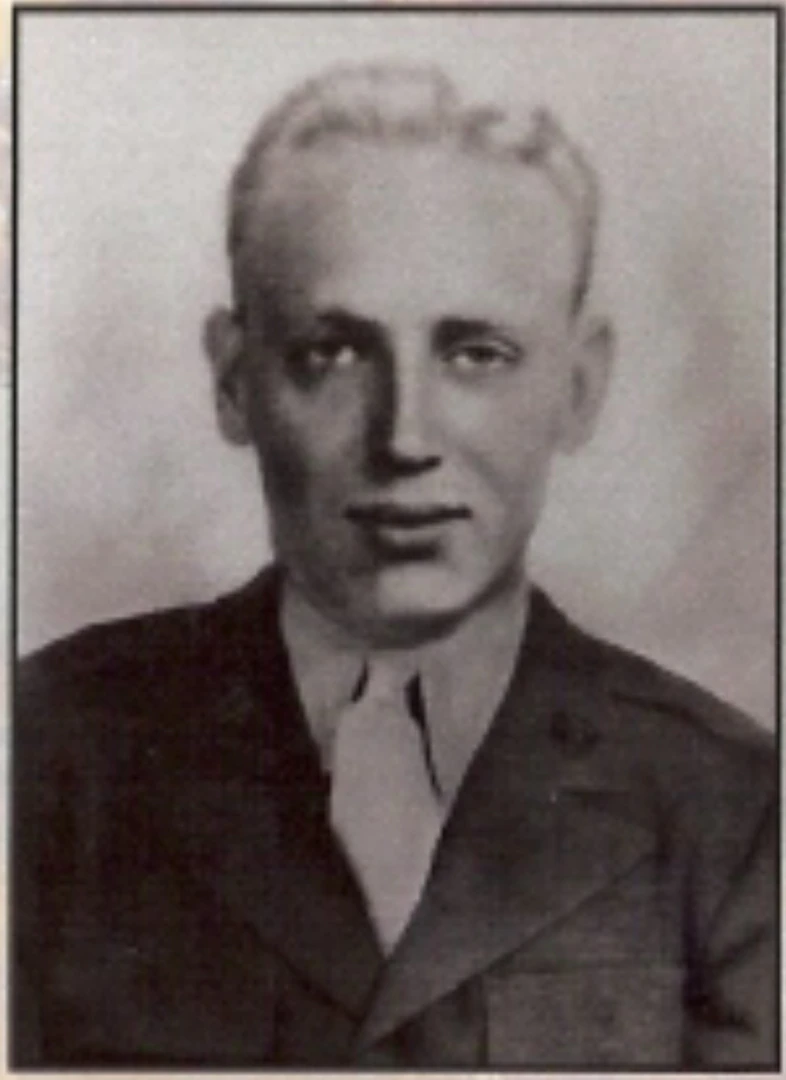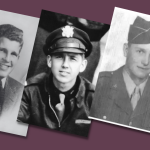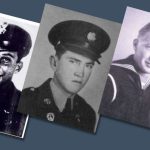The US Defense POW/MIA Accounting Agency has identified more military personnel in the continuous effort to provide the fullest possible accounting for US missing personnel to their families and the nation.
The Agency works to identify the remains of service men/military personnel reported as missing in action. As of the end of 2022, the US Defense Accounting agency successfully identified a total of 178 US soldiers. Below are the details of three identified military personnel from last month:
USS Oklahoma Sailor, Riley. D
Navy Seaman 2nd Class David J. Riley, 25, of Juda, Wisconsin, was killed during World War II.
On Dec. 7, 1941, Riley was assigned to the battleship USS Oklahoma, which was moored at Ford Island, Pearl Harbor, when the ship was attacked by Japanese aircraft. The USS Oklahoma sustained multiple torpedo hits, which caused it to quickly capsize. The attack on the ship resulted in the deaths of 429 crewmen, including Riley.
From December 1941 to June 1944, Navy personnel recovered the remains of the deceased crew, which were subsequently interred in the Halawa and Nu’uanu Cemeteries.
In September 1947, tasked with recovering and identifying fallen U.S. personnel in the Pacific Theater, members of the American Graves Registration Service (AGRS) disinterred the remains of U.S. casualties from the two cemeteries and transferred them to the Central Identification Laboratory at Schofield Barracks. The laboratory staff was only able to confirm the identifications of 35 men from the USS Oklahoma at that time. The AGRS subsequently buried the unidentified remains in 46 plots at the National Memorial Cemetery of the Pacific (NMCP), known as the Punchbowl, in Honolulu. In October 1949, a military board classified those who could not be identified as non-recoverable, including Riley.
Between June and November 2015, DPAA personnel exhumed the USS Oklahoma Unknowns from the Punchbowl for analysis.
To identify Riley’s remains, scientists from DPAA used dental and anthropological analysis. Additionally, scientists from the Armed Forces Medical Examiner System used mitochondrial DNA (mtDNA) analysis.
Pilot, Harms. R
U.S. Army Air Forces 1st Lt. Roy C. Harms, 26, of Grafton, Wisconsin, killed during World War II, was accounted for.
In the summer of 1943, Harms was assigned to the 329th Bombardment Squadron, 93rd Bombardment Group, 8th Air Force. On Aug. 1, 1943, the B-24 Liberator bomber Harms was piloting was hit by enemy anti-aircraft fire and crashed during Operation TIDAL WAVE, the largest bombing mission against the oil fields and refineries at Ploiesti, north of Bucharest, Romania. His remains were not identified following the war. The remains that could not be identified were buried as Unknowns in the Hero Section of the Civilian and Military Cemetery of Bolovan, Ploiesti, Prahova, Romania.
Following the war, the American Graves Registration Command (AGRC), the organization that searched for and recovered fallen American personnel, disinterred all American remains from the Bolovan Cemetery for identification. The AGRC was unable to identify more than 80 unknowns from Bolovan Cemetery, and those remains were permanently interred at Ardennes American Cemetery and Henri-Chapelle American Cemetery, both in Belgium.
In 2017, DPAA began exhuming unknowns believed to be associated with unaccounted-for airmen from Operation TIDAL WAVE losses. These remains were sent to the DPAA Laboratory at Offutt Air Force Base, Nebraska, for examination and identification.
To identify Harms’ remains, scientists from DPAA used anthropological analysis, as well as circumstantial evidence. Additionally, scientists from the Armed Forces Medical Examiner System used mitochondrial DNA (mtDNA) and autosomal DNA (auSTR) analysis.
Airman, Richardson. R
U.S. Army Air Forces Tech. Sgt. Ralph E. Richardson, Jr., 21, of Columbia, South Carolina, killed during World War II, was accounted for.
In the summer of 1943, Richardson was assigned to the 329th Bombardment Squadron (Heavy), 93rd Bombardment Group (Heavy), 9th Air Force. On Aug. 1, 1943, the B-24 Liberator bomber on which Richardson was the radio operator was hit by enemy anti-aircraft fire and crashed during Operation TIDAL WAVE, the largest bombing mission against the oil fields and refineries at Ploiesti, north of Bucharest, Romania. His remains were not identified following the war. The remains that could not be identified were buried as Unknowns in the Hero Section of the Civilian and Military Cemetery of Bolovan, Ploiesti, Prahova, Romania.
Following the war, the American Graves Registration Command (AGRC), the organization that searched for and recovered fallen American personnel, disinterred all American remains from the Bolovan Cemetery for identification. The AGRC was unable to identify more than 80 unknowns from Bolovan Cemetery, and those remains were permanently interred at Ardennes American Cemetery and Henri-Chapelle American Cemetery, both in Belgium.
In 2017, DPAA began exhuming unknowns believed to be associated with unaccounted-for airmen from Operation TIDAL WAVE losses. These remains were sent to the DPAA Laboratory at Offutt Air Force Base, Nebraska, for examination and identification.
To identify Richardson’s remains, scientists from DPAA used anthropological analysis, as well as circumstantial evidence. Additionally, scientists from the Armed Forces Medical Examiner System used mitochondrial DNA (mtDNA) and Y chromosome DNA (Y-STR) analysis.
Image Source:
- David Riley: https://www.dpaa.mil/News-Stories/News-Releases/Year/2022/
- Roy Harms: https://www.dpaa.mil/News-Stories/News-Releases/Year/2022/
- Ralph Richardson: https://www.dpaa.mil/News-Stories/News-Releases/Year/2022/
- Identified Soldiers December 2022: DPAA

